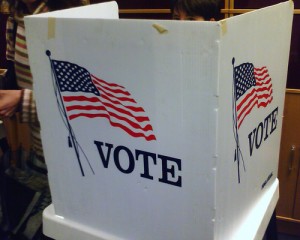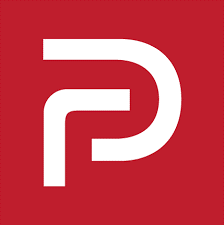
Pew’s head-to-head number has Obama leading Romney by 3 points, 48-45. Of course, this shows Obama underperforming, as Democrats have a 4 point edge in the sample. If Democrats only have a 5 point edge among all registered voters, its hard to see how the actual voting electorate will give Democrats a 4 point edge, given the higher propensity of Republicans to vote.
Oddly, Pew takes the 4% undecideds and splits them evenly between the two candidates. This allows the to broadcast a 50-47 Obama lead, hitting the critical 50% threshold that has eluded Obama in most polling this year. It is highly unlikely, though, that undecideds break evenly.
Romney maintains a 3 point lead among Independents, which couple with stronger GOP turnout could provide the necessary edge on election day. Indeed, Republicans hold significant advantages on enthusiasm. They have an 8 point advantage among voters who have “thought a lot about the election,” 87% to 79%. The GOP has a 7 point advantage among likely voters following the campaign closely, 61% to 54%. And among those definitely planning to vote, the GOP has a 6 point edge. 92% of Romney supporters say they are definitely voting, against 86% of Obama supporters.
Obama has tried to make up their enthusiasm deficit by focusing considerable resources on early voting. But, Obama’s lead among early voters in this poll is just 2 points, 48-46. In 2008, Obama had a massive edge in early voting.
Perhaps most interesting is that Romney leads by 2 points among Catholics, 49-47. Obama won Catholics by 9 points in 2008. The 11-point swing away from him may be the decisive factor in Upper Midwest states like Wisconsin, Michigan and Ohio. It may also give Romney an advantage in Pennsylvania.
If Pew’s findings hold through Tuesday and Romney has the turnout edge, he is well on his way to victory.









